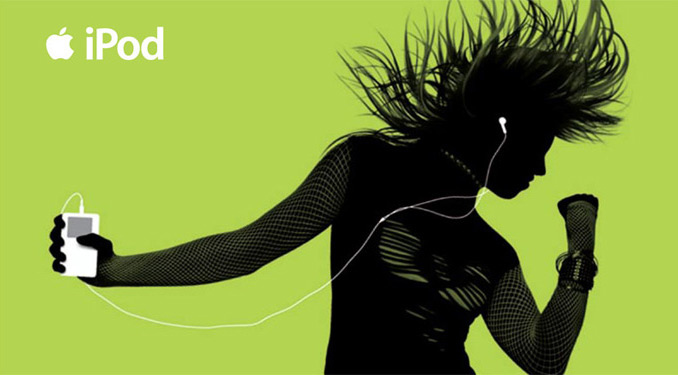"Being technological is regarded as the essence of humanity, and artificial attempts to regulate the over flowering of this being will either fail or end is debasement and corruption."
(Tranter 2010)
This is a fairly common feeling in regards to technology and new media's regulation by law and governing bodies. It is often felt that regulatory organisations and government's laws are unnatural and forced upon new media and do not consider of the core of humanity by which these new technologies align themselves with (Tranter 2010). Websites such as Bodog.com and TVshack.net have been subjected to these types of regulation having their websites seized by the US Government under US law even though the websites are located in Canada and England respectively and their on-line activities are not illegal within their operating countries (Kumar 2012). This raises the question of whether the internet really is such a free market space or whether its contradicting and encompassing jurisdiction will lead to unwanted and unnecessary regulation.
However Tranter (2010) does mention that the existence of a legal system was beneficial as some freedoms are sacrificed in order to preserve others. One of these freedoms could be that of protection and safety as it has become a concern within new media technologies. The emergence of virtual reality, whereby users depicts themselves via a avatar in an online space, has brought with it the questions of whether these virtual reality can afect real life realities. In the case of LambdaMOO and the Mr. Bungle scenario whereby one users forcebly made other avatars perform inapproapriate sexual acts on both him and themselves in a public space raises the question as to whether regulation is needed to prevent this (Dibbell 1998). Dibbell (1998) discusses that although the acts themselves are simply coding on a website that users who underwent such violation where effected within real life reality, one woman saying that she felt post-traumatic after the experience and could not cease her tears.
The question to ask is what is the perfect balance so that regulation doesn't hinder new media technologies but technology isn't used to harm and cause dissonance amongst its users?
For further discussion on this topic please read Amy Pearson's blog.
References
Dibbell, Julian. 1998. "A Rape in Cyberspace." My Tiny Life. Accesses May 4, 2012. http://blackboard.qut.edu.au/webapps/blackboard/content/contentWrapper.jsp?content_id=_4076720_1&displayName=Week+9&course_id=_81726_1&navItem=content&href=http%3A%2F%2Fwww.juliandibbell.com%2Farticles%2Fa-rape-in-cyberspace%2F
Kumar, Vikram. 2012. "Have a .com web address? Know the legal risks." The National Business Review, March 19. Accessed May 4, 2012. http://blackboard.qut.edu.au/webapps/blackboard/content/contentWrapper.jsp?content_id=_4076720_1&displayName=Week+9&course_id=_81726_1&navItem=content&href=http%3A%2F%2Fwww.nbr.co.nz%2Farticle%2Fhave-com-web-address-know-legal-risks-ck-113355
Tranter, Keiran. 2010. "Stories of Human Anatomy, Law and Technology." Bulletin of Science Technology Society. 30(18): 18-21. Accessed May 4, 2012. http://bst.sagepub.com.ezp01.library.qut.edu.au/content/30/1/18.full.pdf+html



